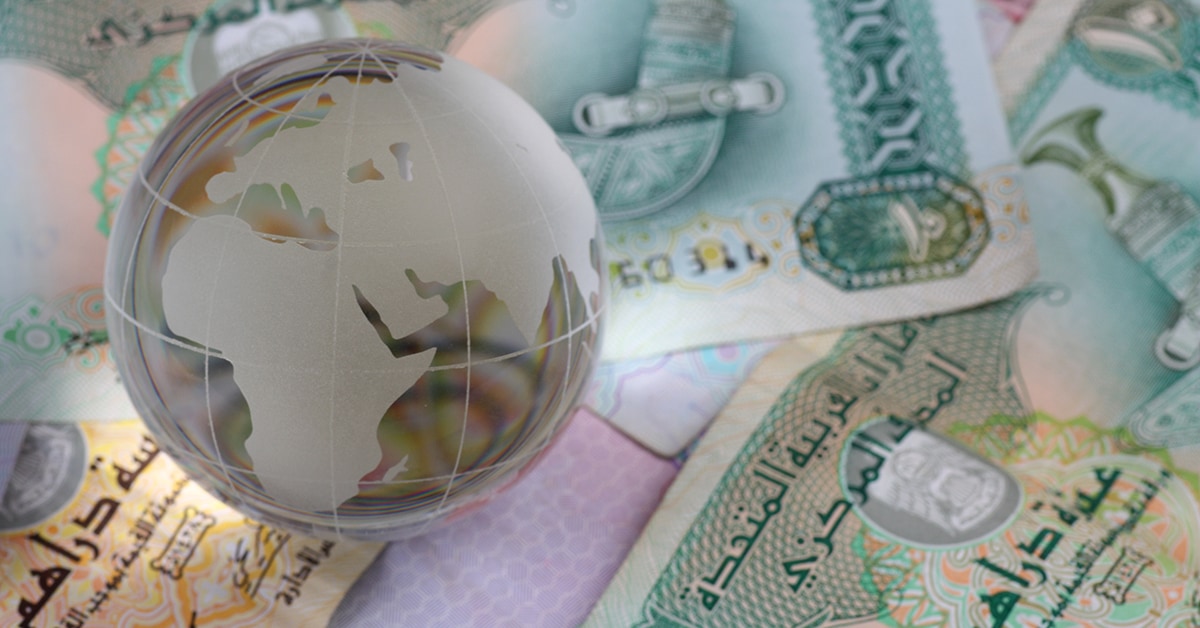Sovereign wealth funds are being tested over investment priorities.

Middle East sovereign wealth funds (SWFs) are on the march, motivated by a gnawing urgency to ditch their governments’ heavy reliance on hydrocarbon revenue. The Middle East is home to 25 SWFs, with total assets under management in excess of $3 trillion according to Global SWF, a platform that tracks SWFs and public pension funds around the world.
Some analysts say the funds routinely suffer from unclear mandates and conflicting investment objectives. Most SWFs have goals that include capital preservation, economic diversification and fiscal stability. Yet, “diverging priorities could force abrupt changes in strategy,” says Veljko Fotak, associate professor of finance at the University of Buffalo. “In booming times, oil and energy funds can satisfy these conflicting objectives. But in leaner times, the fight for limited resources exposes these contradictions.”
The Covid-19 pandemic heaped pressure on SWFs to shore up domestic economies. Earlier this year, Kuwait was forced to tap the emirate’s Future Generations Fund, managed by the Kuwait Investment Authority, after the country faced a liquidity crunch due to mismanagement and a downturn in global oil prices.
Still, David Lowery, head of research insights at Preqin, sees potential for long-term value accretion. “Domestic investment can spur the establishment or growth of new industries to the benefit of the economy,” he notes. “Infrastructure investment funded by SWFs can lead to [long-term] growth.” Overseas investment, meanwhile, can act as a store of capital and hopefully deliver solid returns. “It allows a SWF to diversify away from the source of their capital,” Lowery notes. “Investing in growth industries can aid technology transfer and development, with relationships built that might not have been possible.”
While investment strategies vary, SWFs have been quick to include sustainable investments and alternative assets. In their latest Sovereign Wealth Funds in Motion report, Preqin and law firm Baker Mackenzie said the proportion of Middle Eastern sovereign funds with ESG policies doubled to 67% in 2019, from 30% in 2017. Alternative assets—which include real estate, infrastructure and private equity—have also piqued the interest of Gulf SWFs, as has the rapid ascendancy of fintech assets.
Abu Dhabi’s Mubadala—the third-largest SWF in the UAE, with around $243 billion in assets under management—allocates 71% to alternatives, Global SWF estimates. In June, Mubadala Capital announced it had participated in a $240 million Series A funding round of German grocery-delivery startup Flink.
Mubadala’s appetite for venture capital reached a crescendo last year in the first external investment round for Waymo, the self-driving technology company owned by Alphabet, in one of the largest venture deals of 2020. It follows a $2 billion, 25-year partnership deal with technology buyout firm Silver Lake.
Other SWFs took advantage of last year’s market gyrations. Saudi Arabia’s reinvigorated $430 billion Public Investment Fund last year seized upon complementary stakes in oil companies Equinor, Royal Dutch Shell, Eni and Total, and also invested $369 million in cruise-ship operator Carnival.
But the scale of the PIF’s ambitions under Crown Prince Mohammed bin Salman illustrates the duality of investment priorities that funds increasingly face, the University of Buffalo’s Fotak says. The crown prince has suggested that the PIF will invest heavily in the economy, increasing funding for domestic projects from $16 billion in 2019 to $40 billion annually from 2020 through 2025.
Meanwhile, the PIF aims to contribute $320 billion to non-oil GDP over the next five years while growing assets under management to over $1.07 trillion, according to Preqin. Nonetheless, the once-sleepy SWF received $40 billion from central bank reserves last year with the explicit intent of acquiring foreign assets, at a time when the domestic economy was under pressure. A rout in oil prices forced the kingdom to impose spending cuts and far-reaching austerity measures, jolting domestic sentiment.
Still, sudden shifts in the PIF’s strategy may be more about domestic politics than anything else. “The local population might not be particularly happy to read that while they are being asked to tighten their belts for the sake of the domestic economy, state-owned assets are being invested abroad,” Fotak says. The next few years could see SWFs having to balance the apparent contradictions of acquiring long-term assets with the on-the-ground reality for urgent economic diversification.



